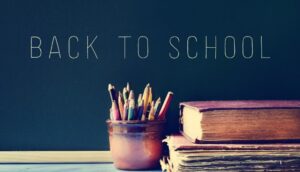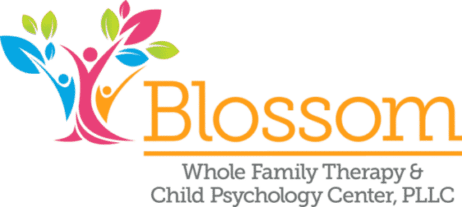
As the new school year has quickly approached, we may wonder will this school year be like last year? Regardless if last school year was good or bad, we carry it with us and allow it to fill in the gap of the unknowns of the school year ahead. The questions and what if’s start to consume our thoughts, which is a normal part of parenting. Will the teacher(s) understand my child? What if the transition to a new school or grade doesn’t go well? Will my child be able to keep up with his/her homework? Is my child over-scheduled or under-scheduled? What if my child is bullied at school, and I am not aware of it? Is my child really safe at school? The list could go on.
I want to challenge us all to spend less time worrying and start this school year with a new perspective. Here are some ideas you can incorporate and focus your attention on as you start this new school year.
Setting Goals
I know goals can seem overwhelming, but goals can build self-esteem and confidence when they are achieved, and goals can give your family a focus to work together towards a common desire. Think S.M.A.R.T (Specific, Measurable, Achievable, Relevant, and Timely) when setting goals. Goals do not just need to be academically focused, but they can also include social, extra curricula activities, family togetherness, adventure/new experience, financial, etc. Review progress regularly and celebrate along the way to keep the motivation strong.
Here are some examples of S.M.A.R.T goals:
- I will read 30 minutes 4-5 days a week.
- We will spend time with another family socially once a month.
- I will practice my trumpet for 30 minutes over the weekend.
- We will have family dinners 3 nights a week.
- We will explore Duluth for one weekend in October.
- I will save 50% of the money I earn from my chores and the other 50% will be for spending.
Routines and Rituals
Getting back into the many routines of the school year can be a challenge the first couple weeks. Eventually everyone settles into the rhythm, and you can go about our day with not much thought. What if one routine was turned into a ritual? First, let’s discuss the difference between a routine and a ritual. A routine is mindless task like getting dressed, brushing your teeth, taking a shower, or washing your hands. It is a task that needs to get done, so you just do it. We teach kids at a young age many routines as the structure helps a family function as a whole. A ritual is a meaningful practice that has a sense of purpose. Meditations are associated with rituals because one focuses on the breath and resting the mind, which is a purposeful practice. For parents, the transition home from school and work can be a challenge, so this may be a good time to combine a routine with a ritual. For example, changing out of work clothes and focus one’s thoughts on letting the day go to be present with the family or washing hand before preparing dinner and focusing on taking deep breaths. For kids, it could be a mindful walk after dinner, bath time with a calming twist to pay special attention to the soap or a guided imagery relaxation meditation before bed.
Sleep
One area of our routines that is important is bedtime and getting enough sleep at night. Sleep is important to keep us healthy, restoring our energy, and helps us grow and develop. We need sleep to think clearly, problem solve, pay attention and recall what is learned.
Here is the recommended amount of sleep that is needed for kids:
- Toddlers 11-14 hours
- Preschoolers 10-13 hours
- Elementary and Middle Schoolers 9-11 hours
- High Schoolers 8-10 hours
Here are some tips to help with getting enough sleep:
- Bedrooms should be dark, cool, and quiet
- Go to bed at the same time each night
- Wake up at the same time each day
- Do something calming before bed like read, listen to music or white noise, journal, or draw
- Limit technology 30-60 minutes before bed
- Have a light snack before bed but avoid big meals
- Be active and exercise during the day

